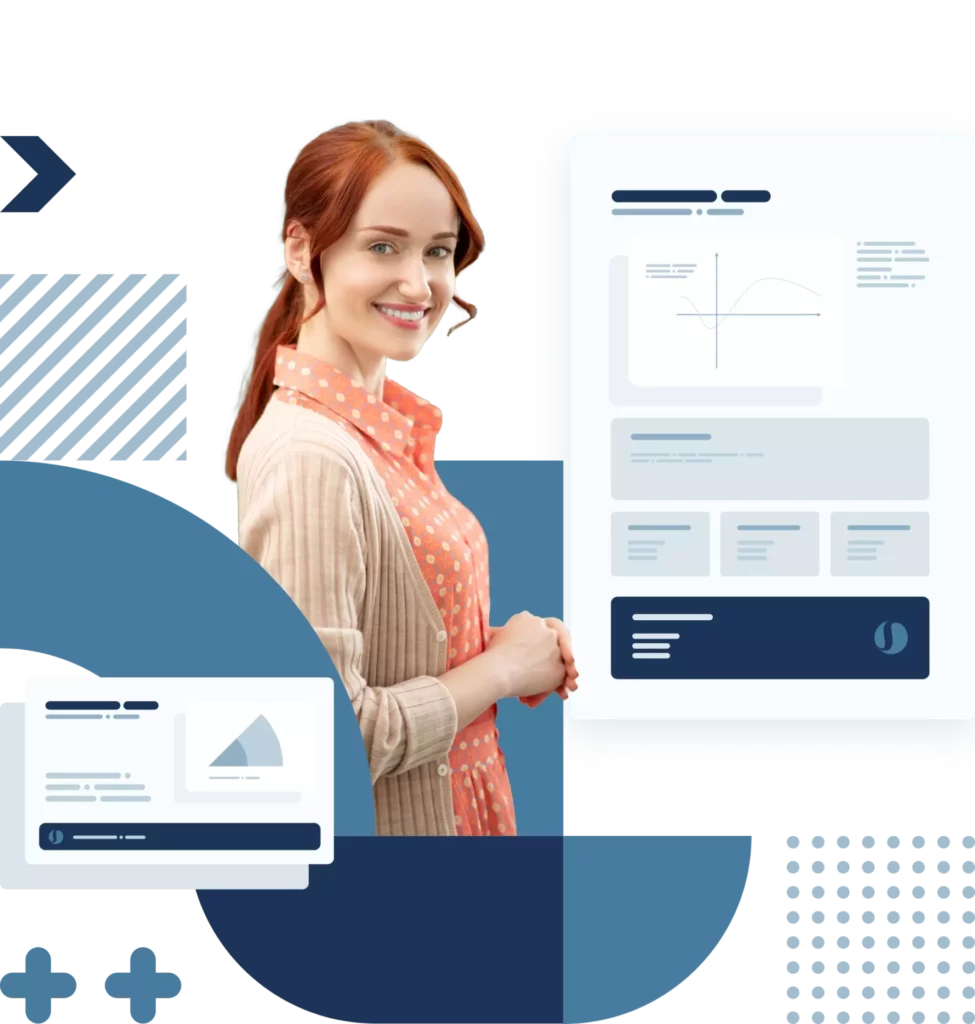Integral for A Level Teachers
Powerful teaching tools to make the best of your time
Integral helps you, the teacher, make the most of your time. We provide you with extensive UK and International A level Mathematics and Further Mathematics resources, for use both in the classroom and online, allowing you to focus on planning, teaching and reviewing.

Give your students the confidence they need
Integral is designed to develop deep mathematical understanding and all the skills students need.
Integral is packed with teaching ideas and activities to make it easier to practise and understand maths. Its interactive activities and resources will encourage the discussion and collective resolution of mathematical problems, and foster independent learning in your students.

Ready to meet all of your A level Mathematics and Further Mathematics teaching needs
Integral resources offer full coverage of all the topics covered in the A level Mathematics and Further Mathematics curricula, including both Cambridge and Edexcel International A level International specifications.
UK A Levels
- AQA
- CCEA
- Edexcel
- OCR A
- OCR B (MEI)
- WJEC
International A Levels
- Cambridge International
- Edexcel International
Subscriptions for multi-academy trusts
A discount is available for MAT subscriptions with one central payment. Please contact the Integral team for further details and eligibility.

Testimonials
This is what our subscribers say
Fees
Integral A Level for schools (UK only)
Includes:
- AS/A level Further Mathematics (individual spec)
- AS/A level Further Mathematics videos
- Large Data Set resources (individual spec)
- AS/A level Mathematics (individual spec)
- AS/A level Mathematics videos
Access for 1 year
Integral A Level for schools (UK and International)
Includes:
- AS/A level Further Mathematics (individual spec)
- AS/A level Further Mathematics videos
- Large Data Set resources (individual spec)
- AS/A level Mathematics (individual spec)
- AS/A level Mathematics videos
- Individual student accounts
- Student tracking
- Student online tests
Access for 1 year
Select the required number of student accounts below to see pricing.

Join us!
Join a worldwide community of almost 1000 schools, nearly 9500 teachers and more than 90,000 students that are already enhancing their teaching and learning with Integral.

Integral is created and run by MEI – an independent charity committed to improving maths education. As a charity, MEI is able to focus on supporting maths education, rather than generating profit; that’s why we’re able to offer fantastic resources at a low price. Our specialists have considerable classroom experience and deep expertise in teaching and learning.


